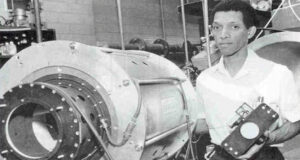Celebrating Black History in STEM - Black History Month
Celebrating Black History in Space and STEM – Black History Month
October in the UK and February in the US marks the celebration of Black History Month which gives us an incredible opportunity to recognise and celebrate the achievements and contributions of influential Black figures within the Space Industry and the STEM sectors. Whilst there are so many people that have made incredible contributions in the sector we have picked some of our favourite stories to tell and hope we can share more for years to come. Black people have been continuously underrepresented in STEM and to this day more still needs to be done to influence more diversity in these sectors. We hope that knowing more about role models in this sector can inspire generations of prospective STEM students and contribute to building a more inclusive society.
At EVONA we are right in the centre of Bristol and are proud to be located in the heart of a city that supports diversity and culture. Speaking to the values of our city we know the importance of educating not only others but ourselves on Black History. May 2020 saw the resurgence of the Black Lives Matter movement and here in Bristol we learnt a lot about the city’s past involvement in the Slave Trade and significant amounts of discrimination which lead to the removal of statues and the renaming of a number of buildings. Whilst there’s still so much more to do we continue to keep the conversation surrounding Black lives going and would like to celebrate the lives and the achievements of…
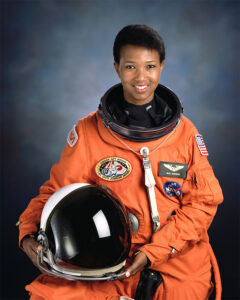
Mae Jemison: The First Black Woman in Space
A Doctor, Engineer and NASA Astronaut, Mae Jemison became the first black woman in space on September the 12th 1992 aboard the space shuttle Endeavor. She served in the Peace Corps before submitting a successful application to join the astronaut corps in 1987. Although her initial application was sent in 1985 after being inspired by Sally Ride (Read more about Sally Ride here: Women in Space Article), the first American Woman in Space, due to the Challenger explosion in 1986 NASA halted applications until the following year. During her first mission she was selected to join the STS-47 crew as a Mission Specialist and the team made 127 orbits around the Earth and returned to the Kennedy Space Centre in Florida on September 20, 1992. Jemison is now responsible for leading the 100 Year Starship project through the United States Defense Advanced Research Projects Agency (DARPA), the project is working to ensure human space travel to another star is possible within the next 100 years.
Katherine Johnson, Dorothy Vaughn & Mary Jackson: Hidden Figures
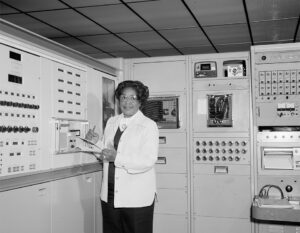
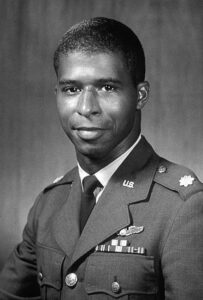
Maj. Robert H. Lawrence Jr: First Black Astronaut
Maj. Robert H. Lawrence Jr. was the first black person to be selected as an astronaut by any national space programme after becoming a member of the their group of aerospace research pilots for the MOL Programme. Initially he studied at Bradley University gaining a bachelor’s degree in chemistry at the age of 20 and then went on to become an Air Force officer and pilot. Holding over 2,500 flying hours in 2000 jets he completed US Air Force Test Pilot school in June 1967 which is when he was immediately assigned to the MOL Programme. However, a fatal crash after ejecting from AF-104 Starfighter supersonic jet on December 8th 1967, meant Lawrence never made it to space. This doesn’t mean his work was not significant as the work he did as a pilot in the programme contributed to the development of the manoeuvre that would become a critical part of space shuttle landing techniques called flare. Furthermore, after the cancellation of the MOL programme seven of the astronauts were transferred over to NASA and were all flown on the Space Shuttle in the 1980’s and the likelihood of Lawrence piloting one of the early missions is a high possibility.
Shirley Ann Jackson: Chair of the US Nuclear Regulatory Commission
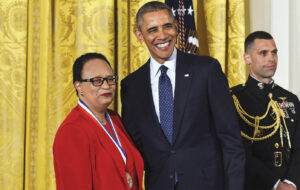
George Robert Carruthers: Pioneer of Ultra-violet astronomy
